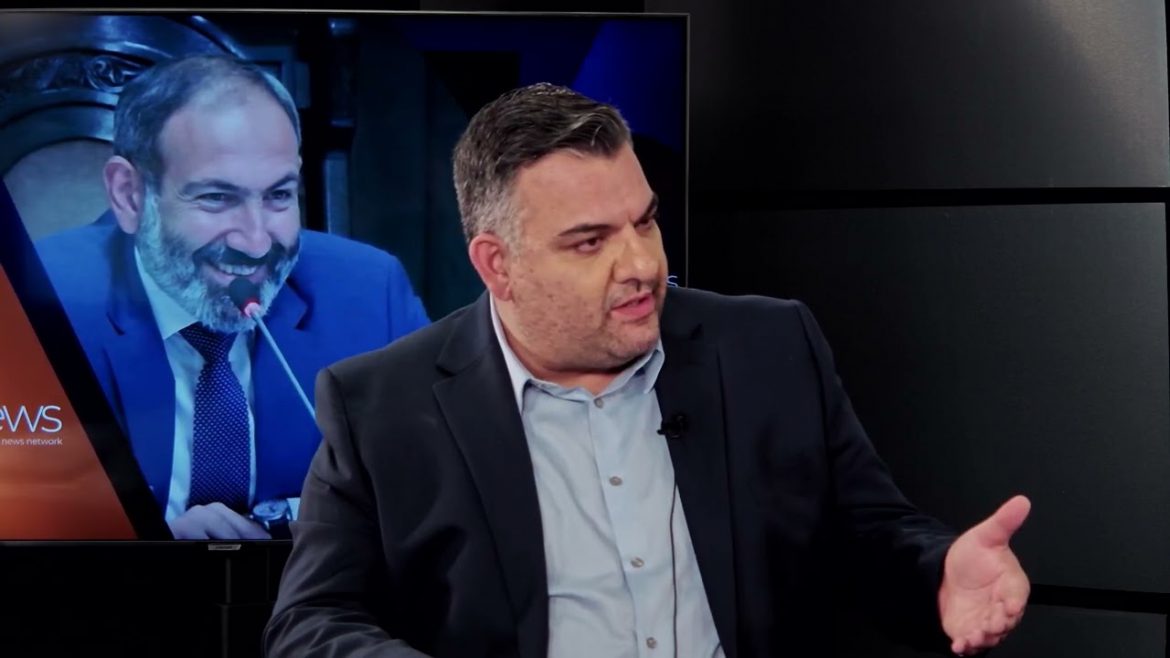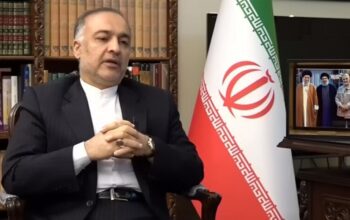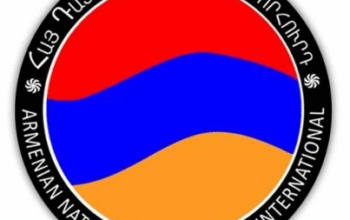By Levon Baronian
On August 8, 2025, in Washington, under the mediation of U.S. President Donald Trump, Armenia’s Prime Minister Nikol Pashinyan and Azerbaijan’s President Ilham Aliyev initialed what was presented as an “Agreement on Establishment of Peace and Inter-State Relations.” Trump and his allies have celebrated it as a diplomatic breakthrough. In reality, it is a destabilizing, dangerous document that compromises Armenia’s sovereignty, whitewashes ethnic cleansing, antagonizes Armenia’s strategic neighbors, and emboldens Azerbaijan to pursue further aggression.
Section 907 Repealed — Azerbaijan Unleashed
The agreement is framed as a symbol of “normalization,” but its most immediate consequence is the effective burial of Section 907 of the U.S. Freedom Support Act — the last legal barrier in American law restricting direct U.S. aid to Azerbaijan in light of its past aggression against Armenia and Nagorno-Karabakh (Artsakh). With that safeguard gone, Azerbaijan stands to receive expanded U.S. military and economic assistance without any conditions, oversight, or restraint. This will tilt the military balance further in Baku’s favor and remove a critical diplomatic lever Armenia had in Washington.
No Mention of Artsakh — Whitewashing Ethnic Cleansing
The declaration contains no reference to the people of Artsakh, their right to return, or the catastrophic ethnic cleansing carried out in 2023 under Azerbaijan’s military occupation. Not a single demand was made for the release of Ruben Vardanyan and other Armenian prisoners held in Baku. Nor was there any mention of Archbishop Bagrat Galstanyan, billionaire Samvel Karapetyan, and other political prisoners languishing in Armenian jails under Pashinyan’s regime. By excluding Artsakh from the text, the agreement attempts to close the book on its existence — erasing both the people and the cause from the international agenda.
A Corridor Under U.S. Oversight — Antagonizing Iran and Russia
The document explicitly endorses “unimpeded connectivity” between mainland Azerbaijan and Nakhichevan across Armenian territory — the very “corridor” concept long sought by Baku and Ankara. Worse, it envisions this route being developed as part of a U.S.-branded “Trump Route for International Peace and Prosperity” (TRIPP), positioning Washington as its patron. This is not a neutral transit arrangement — it is a NATO-linked transport channel connecting Turkey and Israel to Azerbaijan across Armenia’s sovereign territory.
Russia and Iran, both excluded from this process, will not tolerate a U.S.-controlled corridor cutting through the North-South transit route linking them. This agreement risks turning Armenia into a literal battleground in the emerging U.S.–Russia–Iran strategic confrontation.
A Security Liability Masquerading as Peace
The ARF Bureau has rightly called this declaration “anti-state” and warned that it serves “exclusively Azerbaijani interests.” The document ignores Azerbaijan’s occupation of Armenian territory, fails to demand the withdrawal of Azeri troops from Armenia, and contains no provisions for verifiable security guarantees. It was negotiated in secrecy, without public debate or parliamentary scrutiny, and undermines the principle of Armenia’s sovereign control over its borders.
The political theater surrounding its signing only adds insult to injury. For Trump, this was a cheap stunt to score quick points on the international stage and to pressure Moscow over Ukraine — nothing more. For Pashinyan and Aliyev, it was an opportunity to play the role of cooperative statesmen while advancing their own authoritarian entrenchment at home. The Armenian side, reduced to a prop, allowed itself to be used for foreign image-making while sacrificing core national interests.
The False Promise of “Trust”
The agreement calls for “building trust” between Armenia and Azerbaijan — a cynical phrase when one side has engaged in blockade, invasion, and genocide with impunity. Genuine trust cannot be built while Armenian POWs remain in Baku’s prisons, while the right of Artsakh Armenians to return is denied, while Azeri troops occupy Armenian land, and while the international community refuses to call ethnic cleansing by its name. To pretend otherwise is to normalize aggression.
What Real Peace Requires
A durable settlement must be rooted in security, justice, and the protection of the Armenian people’s collective rights — not in geopolitical experiments. The following steps are essential:
- The unconditional release of all Armenian prisoners, in Baku and in Yerevan.
- The withdrawal of Azerbaijani forces from occupied Armenian territory.
- International guarantees for the safe, dignified return of Artsakh Armenians to their homes.
- The restoration of a legitimate international mediation framework — one not dictated by the interests of a single foreign power or the demands of Baku.
Until such conditions are met, any so-called “peace” agreement will be nothing more than a staged performance — one that deepens Armenia’s vulnerability, emboldens its enemies, and invites greater regional instability.
Conclusion
This is not a peace worthy of the name. It is a high-risk geopolitical gamble that trades Armenia’s security for someone else’s political theater. It sacrifices Artsakh on the altar of diplomatic convenience, removes the few remaining constraints on Azerbaijani aggression, and paints a target on Armenia for rival powers now provoked by a U.S.-controlled corridor in the South Caucasus.
History will not remember it as a breakthrough, but as a betrayal.




